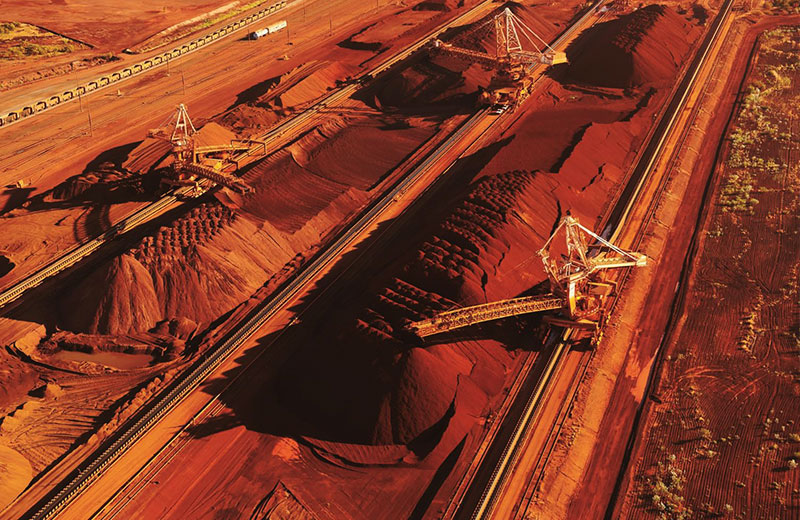According to an analysis by Mr Peter Sand, Chief Shipping Analyst at BIMCO, it looks like 2018 will be a year that shipowners should take advantage of, as the dry bulk fleet is likely to grow at the slowest pace seen since 1999, and BIMCO sees global demand growth outstripping supply growth in 2018.
He further says: As the dry bulk fleet is already expected to grow at a pace that matches demand growth expected in 2019, focus must be on improving the fundamental balance ahead of that.
China’s imports, particularly of coal and iron ore, grew tremendously in 2017, and the second half of the year has been profitable for several bulk owners and operators. If 2018 delivers similar demand growth (+5 per cent), the bulk industry will see profitable business for the full year.
Particularly, the level of growth in the fleet and the extent of demolition of excess capacity are key factors in the 2018 market.
In dry bulk shipping, transported volumes follow a seasonal cycle throughout the year—first quarter volumes being the lowest and fourth quarter volumes the highest. For Q1 2018, transported volumes will be significantly lower than those of Q4 2017. It is likely that the transported volumes in Q4 2017 will not be exceeded in 2018 until Q3.
China responsible for 2017 growth
An unexpected market development in 2017 was China becoming even more dominant in the dry bulk sector. China grew its imports—of essentially all commodities—by a hefty margin. Most importantly, iron ore is expected to end in 2017 with a growth of 6.5 per cent and coal surges with 19 per cent growth. All due to a stronger than expected substitution of domestically mined ore and coal for higher quality imports of the commodities.
Some of the key reasons include a faster substitution of China’s own low-quality iron ore towards seaborne imports of a higher quality. As well as continued strong coal imports despite the suspension of the 276 working-days limitation (a reform plan put in place to limit the number of smaller high-cost miners and cut the supply glut).
An early indication of 2018 demand growth in Chinese iron ore imports is positive, up by 3 per cent, whereas coal is likely to remain steady.
2017 improvements lowered by fleet growth
The dry bulk industry is on the road to recovery and maintaining that recovery is now the key challenge.
Recovery is achieved by targeting improvements in profitability via improvement in the fundamental balance. This is done by continued demolition activity (short-term) and careful placement of new orders (long-term).
During the third quarter of 2017, freight rates turned profitable for all sizes of dry bulk ships. That means ships deployed in the spot market have been fixed at a level covering operational expenditure, and financing costs include repayment of debt. It’s the first time since 2012 that it has happened at industry average level.
The industry is clearly feeling optimistic in the wake of profitable freight rates. But rates could have gone even higher. At the start of 2017, there was only a slim improvement in the market (0.2 percentage points) as the demand growth rate (+2.2 per cent) was forecasted to outstrip the fleet growth rate (+2 per cent) by a small margin.
BIMCO now forecasts 2017 will reach a demand growth rate as high as 5 per cent and a fleet growth of 3 per cent, improving the fundamental market balance by two percentage points. Nevertheless, had the fleet growth rate remained at the initial 2 per cent, it would have improved the market by three percentage points, a strong level not seen since 2004. Back then, the fundamental balance improved by 3.7 percentage points (2004: demand growth rate: 10.5 per cent – supply growth rate: 6.8 per cent).








